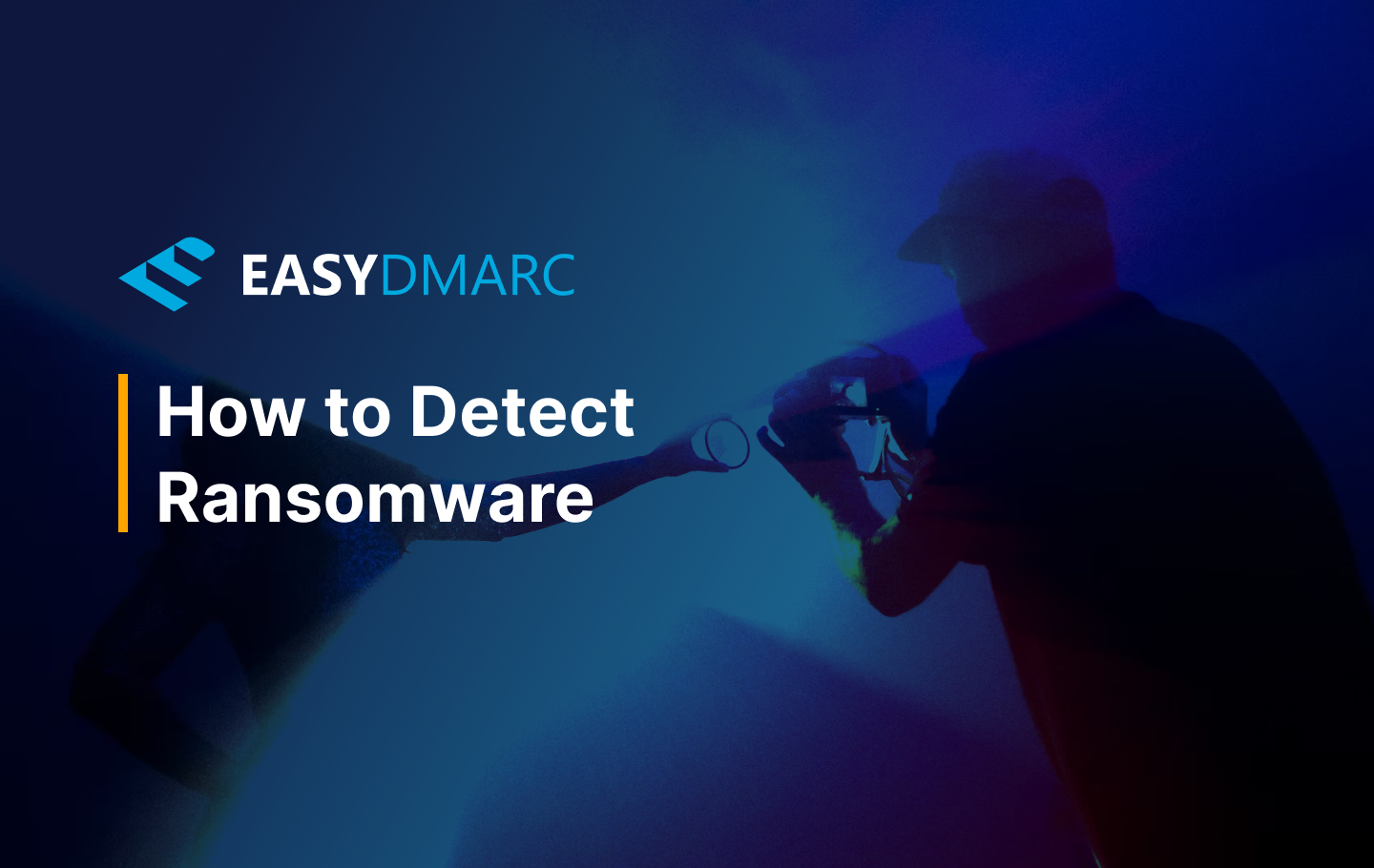Ransomware is one of the most notorious threats in the cyber world. Unlike other malware, ransomware is designed to operate in stealth mode until its aim is achieved. The objective? To restrict the victim’s data until a ransom is paid.
Ransomware attacks are getting more sophisticated and can be financially destructive or even cost you your business.
Every organization needs to understand ransomware detection and ransomware recovery techniques to mitigate the risks of such a cyberattack.
Anti-ransomware tools are designed with ransomware detection techniques that overpower the malicious software’s stealth and defense evasion functions before causing any damages.
This article introduces the importance of early detection and the techniques used by anti-ransomware solutions.
The Importance of Early Detection
Every cyberattack aims to cause damage, so early detection is vital. When you detect an attack early, you can implement counter-measures, preventing the hacker from achieving their aim.
However, early detection is even more crucial with ransomware than other cyber attacks. Damages can be severe, and sometimes, irreversible.
An attacker can refuse to restore access to your data even after you’ve paid the ransom. This can damage your reputation among clients and partners. Remember, hackers aren’t exactly trustworthy.
That’s why recognizing and eliminating the attack before the hacker encrypts your data is vital. As ransomware attacks are getting more sophisticated, equipping yourself with techniques to detect ransomware is now more critical than ever.
Detection Techniques
There are several ways to detect ransomware in your system. Like we said earlier, this gives you an edge over an attacker trying to encrypt your data. Some common techniques include following the digital signature, monitoring system behavior, and picking up traffic abnormalities.
Signature-Based Detection
Signature-based detection is one of the best techniques to detect malware infection. A typical malware program has electronic footprints like domain names and file hashes buried in its code, unique to a particular malware.
When security experts discover a new malware, they store the digital footprint in a repository of known attacks. As a signature-based detection system monitors network traffic, it compares the packets to this library. If it detects any known threat signature, it recognizes it as malware and either quarantines or deletes it.
Signature-based detection systems are effective in several ways. However, this type of detection can only catch known attacks. In the case of zero-day attacks with no known signature, this detection technique becomes ineffective.
Behavior-Based Detection
Instead of looking for digital signatures, behavior-based detection systems search for anomalies. They analyze the behavior of software in your network to find any suspicious activities.
More often than not, malware behavior deviates from the norm. Thus, behavior-based detection systems define a baseline representing how the network should act under usual circumstances.
For instance, when malware infects your system, it can open multiple files at once and modify them with an encrypted version. With a behavior-based detection system, any activities differing from the existing baseline are considered malicious.
Unlike signature-based detection, behavior-based detection can pick up unknown threats. It protects network elements and end-user devices from zero-day attacks.
Detection Through Abnormal Traffic
Behavior-based detection is effective at the end-point. However, organizations can also detect ransomware at the network level by monitoring network traffic for any malicious activity or abnormalities.
Modern ransomware is designed to steal or exfiltrate sensitive data on your network before encrypting it and demanding a ransom. The attacker needs to move enormous amounts of data out of the network parameter to execute a broad data breach.
Though ransomware operates in stealth mode, these transfers can result in irregular network spikes that an abnormal traffic detection can pick up.
Final Thoughts
Ransomware is a rising cyber threat, and it’ll continue to be a menace to everyone with sensitive data. Cyber hackers will always find more sophisticated ways to encrypt data and demand ransom. So organizations need to learn how to avoid ransomware attacks.
In most ransomware attacks, the attacker demands a bitcoin or another cryptocurrency transfer to a certain address. Once you see this message, know that the damage has already been done.
One of the best ways to mitigate such a threat is to detect it early before any damage occurs. No matter your business size, it’s vital to invest in anti-malware solutions that monitor your network for any malicious activities.
Also, educate your employees on how to detect ransomware and the action to take when they notice any suspicious email or link. Remember, most ransomware attackers leverage human error to compromise systems.
While early detection is crucial, organizations must also implement effective ransomware recovery measures. Anyone can be a victim of a ransomware attack. So implementing a powerful backup strategy is an excellent contingency plan.


